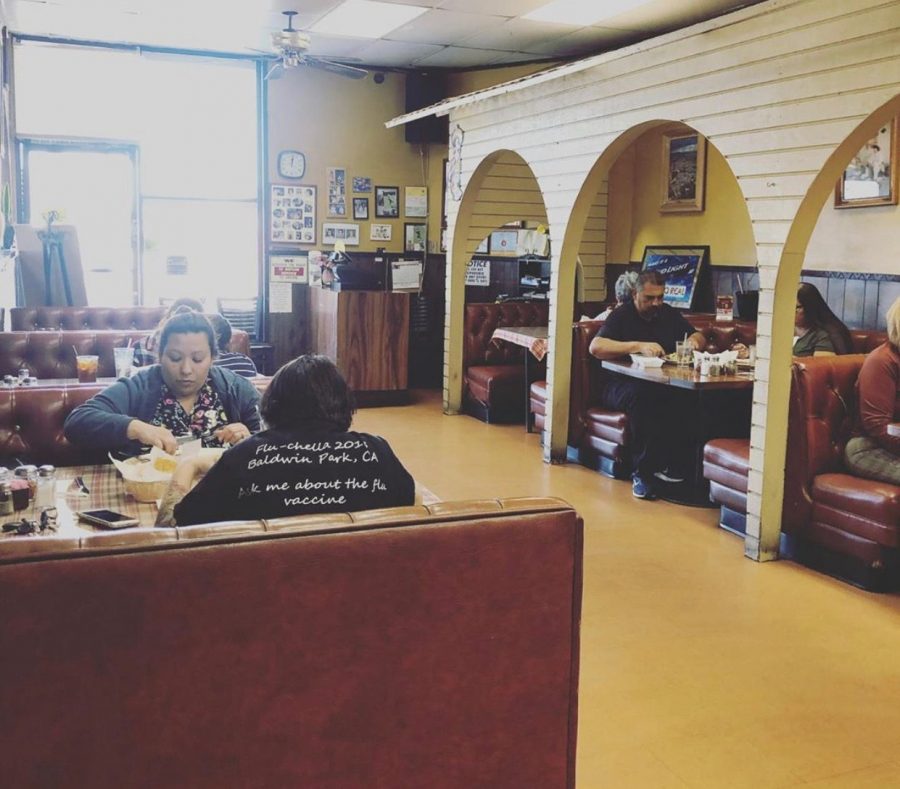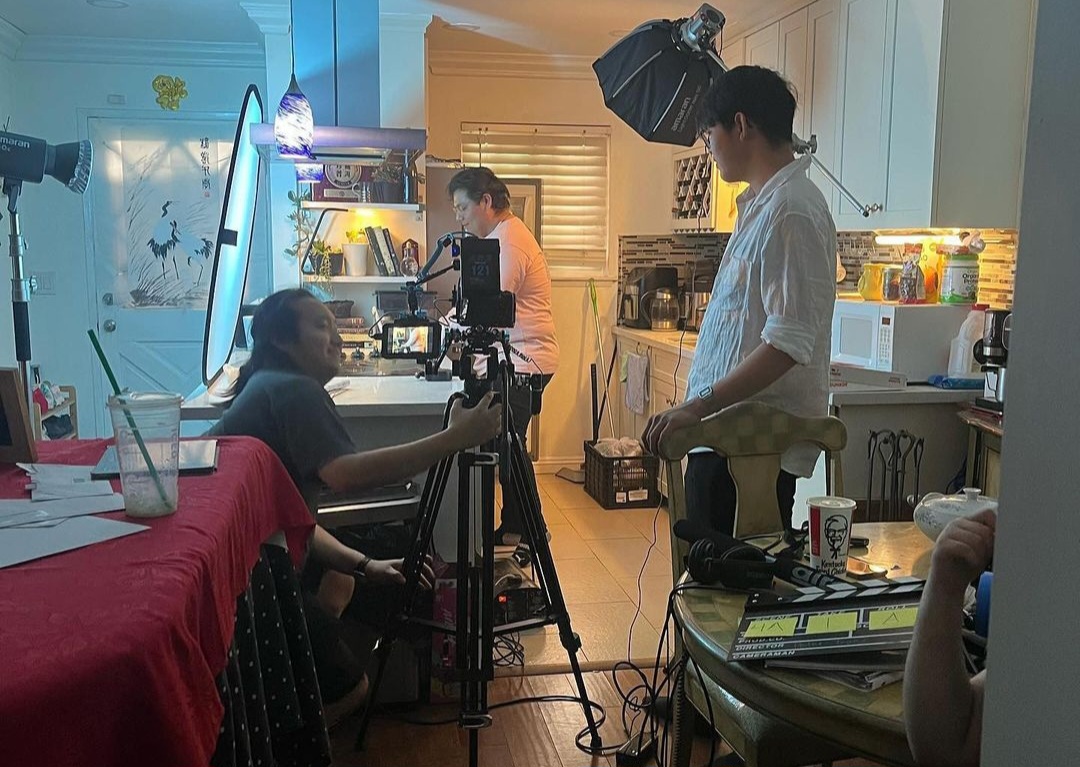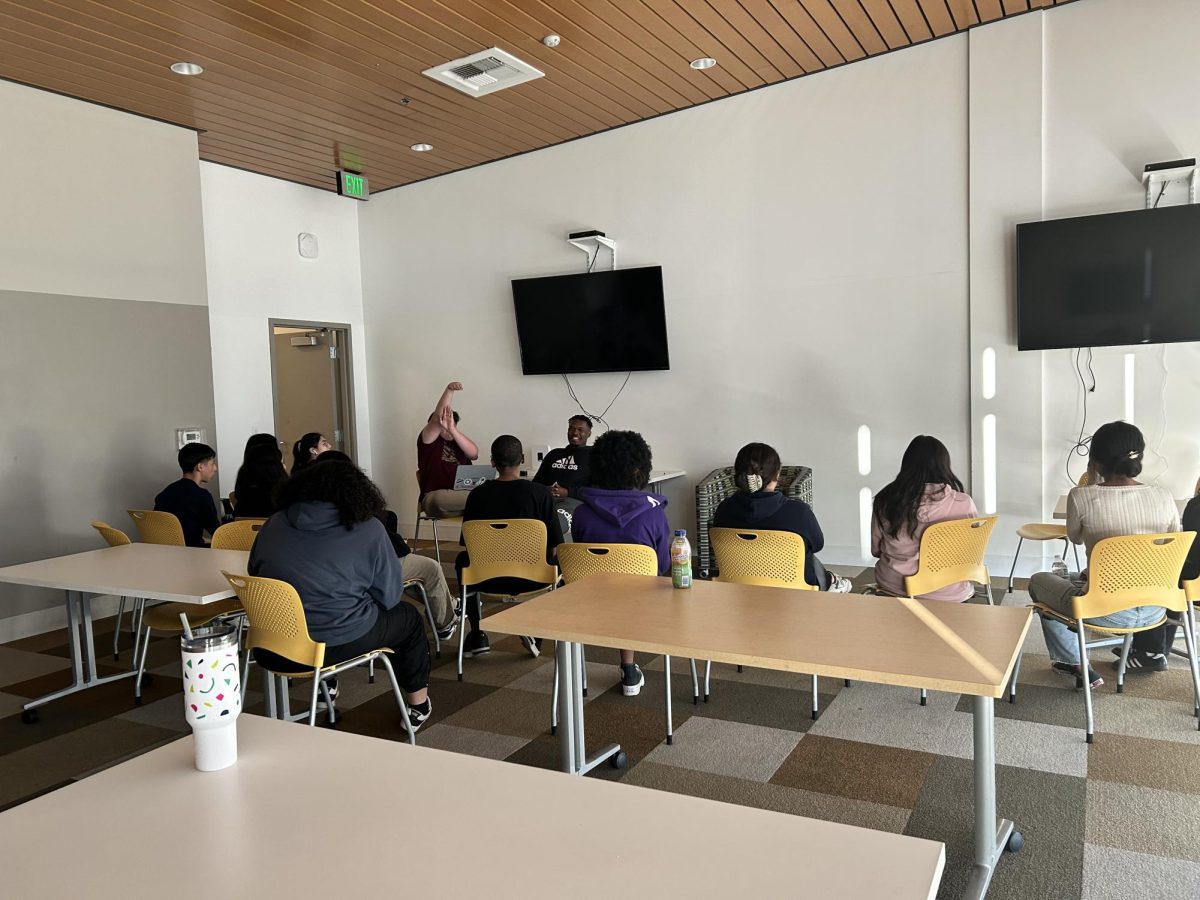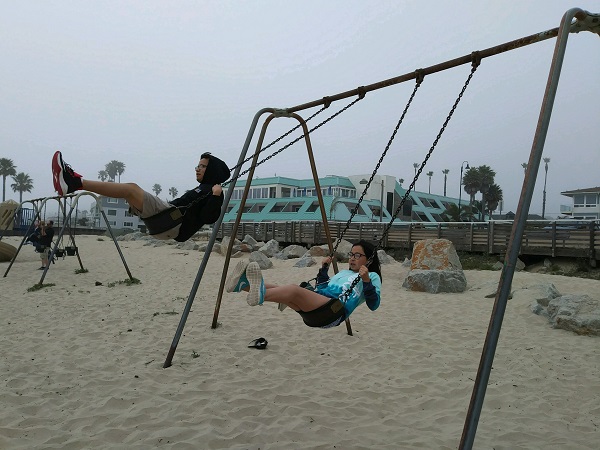Camino Real, a family-owned Mexican restaurant that has been in La Puente for about 40 years, had almost fully recovered from the 2009 recession.
Who knows what will happen now that the coronavirus crisis has required restaurants to close their dine-in operations?
“Post-virus, it’s going to be a lot more different. It’ll be a rebirth of a new lifestyle and we are all going to have to adapt,” said Adriana Valdez, the daughter of Camino Real owners Jesus and Isabel Sanchez. “Our lease payment is due in about a week, and there hasn’t been the normal business that we’re used to. We’re going to probably make it, but we’re going to need a week’s extension.”
COVID-19 is clearly far more than a flu pandemic. It has brought forth a recession with wide economic implications around the world.
In California, the state’s stay-at-home policy — requiring non-essential business such as gyms and bars to close — was intended to slow the spread of coronavirus cases and some experts say it seems to be working.
At the same time, the measure has almost instantly changed the lives of small business owners and their employees. One day, restaurants were bustling with customers and within days, they had groceries spoiling in the back and fewer hours to go around for workers.
Amid economic uncertainties and doubts, restaurants like Caramelo Cafe are implementing new strategies to help keep the business running.
“One of the biggest things that have changed for us is that we started to offer delivery. We do Instagram orders, Facebook and text orders. We didn’t offer UberEats before because dining in has always been our main priority,” said Claudia Iniguez, the owner of the cafe, on Amar Road. For seven years up until the pandemic, the restaurant had been a popular sit-down breakfast joint.
With arches on either side of the restaurant and cushioned booth seating, Camino Real also was popular among dine-in customers. But like so many other restaurants in Southern California, it, too, is adapting.
“It’s beautiful to see how the community is being brought together. I have fellow business owners reaching out to support one another,” said Valdez, of Camino Real. “Instead of us being in competition, we uplift each other during these times. This ‘Stay at Home’ policy has almost forced us to make changes that will help the restaurant become more sustainable.”







